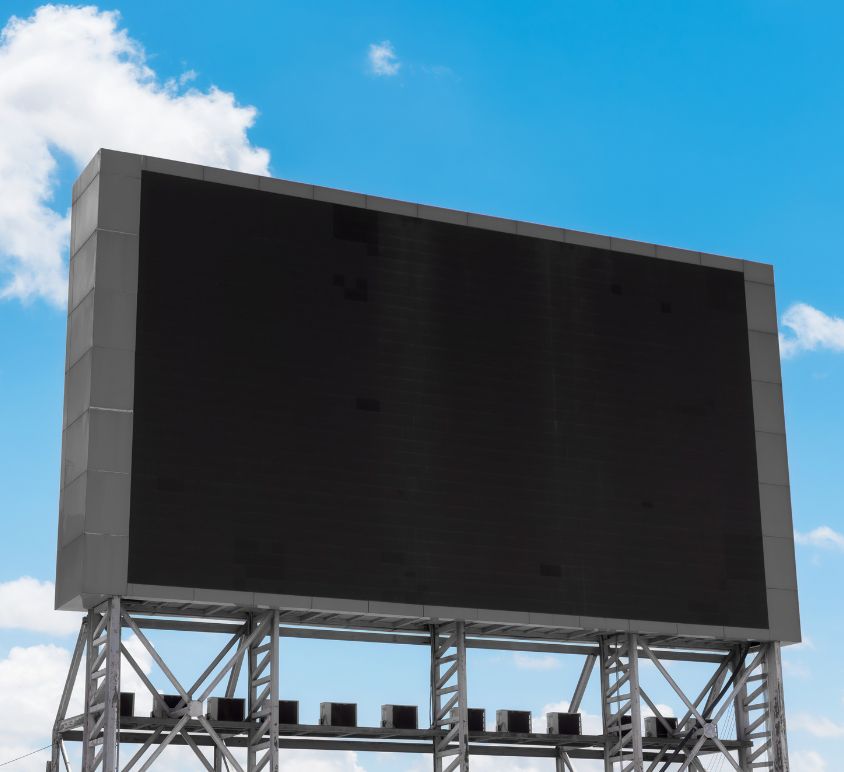
An outdoor LED sign is a great way for churches to communicate with their congregation and the local community. These signs are highly visible, energy efficient, and can be used to display messages 24 hours a day, 7 days a week. With an outdoor LED sign from Guthman Signs, churches can easily share important information such as upcoming events, special announcements, and even inspirational quotes.
Top 5 Benefits of Purchasing an Outdoor LED Sign for Your Church
-
Increased Visibility: An outdoor LED sign is one of the most effective ways to increase visibility for your church. The bright colors and vibrant images will attract attention from passersby and help your church stand out in the community.
-
Cost-Effective: An outdoor LED sign is an affordable way to get your message across without breaking the bank. With low energy costs and minimal maintenance requirements, you can save money over time while still getting maximum exposure for your church.
-
Easy to Use: With easy-to-use software, you can quickly create messages that will be displayed on your outdoor LED sign in just minutes! You don’t need any special technical skills or knowledge to operate an outdoor LED sign from Guthman Signs.
-
Flexible: An outdoor LED sign gives you the flexibility to change your message as often as you like without having to worry about costly printing fees or labor costs associated with traditional signage methods. You can also use it to promote special events or services at your church in real time!
-
Durable: Outdoor LED signs are designed to last for years, so you won’t have to worry about replacing them anytime soon! They are also resistant to weather damage so they won’t fade or become damaged over time like other types of signage materials might.
Conclusion
An outdoor LED sign from Guthman Signs is a great investment for any church looking to increase visibility and reach more people in their community. With its cost-effective design, easy-to-use software, flexible messaging capabilities and durable construction, it’s no wonder why churches all over the world are turning towards this type of signage solution!
To learn more: Programmable LED Signs
Check our reviews to hear from our clients: Guthman Signs Reviews









